Crisp Cottons for Spring!
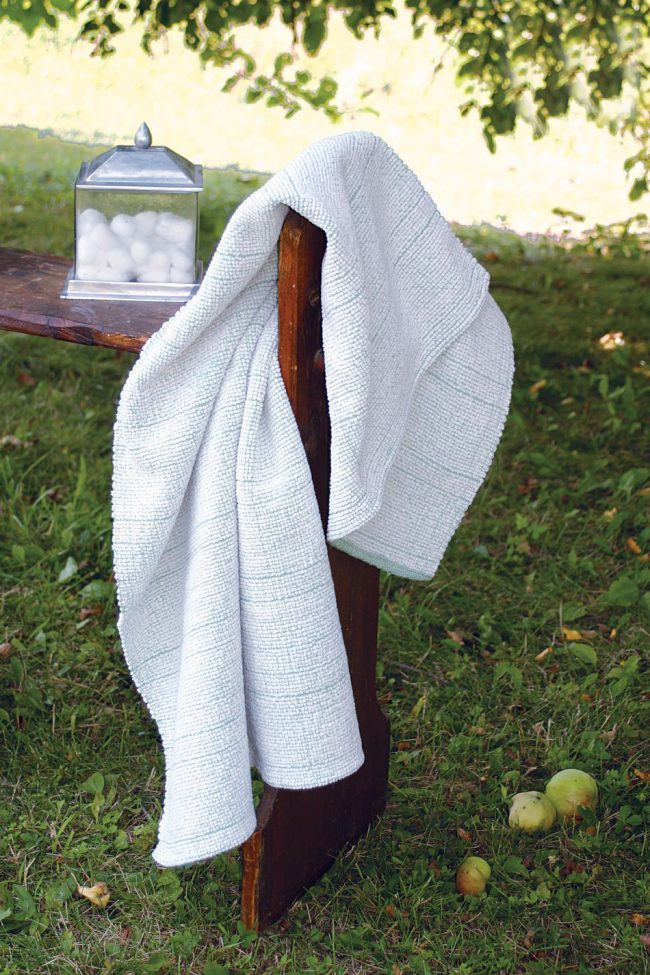
The start of spring brings to mind fresh towels hanging outside to dry, pretty table settings for al fresco dining, soft and easy knits for warmer days, and wonderfully cuddly (and easy-to-wash) cottons for babies. This April we’re celebrating all things cotton! Read on for more on the classic appeal of weaving with cotton…
Why use cotton? Cotton comes from the boll of the cotton plant so it is a cellulose fiber. Unlike wool, alpaca, and other animal derived (protein) fibers, plant-based cellulose fibers do not felt when washed, making it great for kids clothing and household items like table linens or towels. Among cotton’s best qualities is how easy it is to care for. Cotton is easy to machine wash and dry in the dryer, or on the line. Cotton is extra soft and breathable, so those with sensitive skin can wear it without irritation.
Cotton can be a little different to work with than other fibers. If you’re a knitter, check out some helpful tips and project recommendations here: Knitting With Cotton
Weavers love cotton for its versatility, affordability, and the wide range of yarns available in cotton and cotton blends. New weavers often find that cotton is easier to work with and more affordable than other fibers. Cotton tends to “stay put” unlike stretchier wools, slippery silks and dense alpacas. Cotton, like other plant fibers, does not have as much elasticity or “squish” as wool, making it a more predictable and forgiving yarn when you are learning to weave with consistent tension and beat. Most of our cotton yarns are sold on either large (approximately 1 pound) cones, or mini cones, making them especially convenient when winding warps.
Although less stretchy than wool, when using cotton, you will experience some “draw-in” when you take your piece off the loom. If you’re machine washing the piece may also shrink, especially in hot water or a heated dryer. You can plan for this by swatching first and finishing your swatch the way you will your final piece. This way you can plan for draw-in and shrinkage and make your working dimensions larger so that your finished piece is the size you want. Most of our weaving cottons come on convenient pound or mini cones. A good rule of thumb is to expect that these coned cottons will shrink about 10%-15% between draw-in and washing.
Cotton is grown in warmer regions throughout the world, and different types of cotton offer different features. When choosing what cotton to use for your project it helps to know some of the common terms and qualities to look for. One big difference is whether the cotton is “mercerized” or “unmercerized.” And what about “pima” cotton? Do I want 100% cotton, or is a blend better?
Pearl Cottons are mercerized, giving them a lovely sheen and wide range of colors.
Mercerization is a chemical process invented and refined in the 1800’s as industrial cotton production began to boom. Mercerization involves bathing the fibers in an alkaline solution, thereby changing the structure of cellulose fibers, giving these yarns a more smooth, polished and shiny appearance. Cotton may also be processed further by “gassing” the fibers which burns off the finest fibers still sticking out of the surface of the yarn, thus making it even shinier. These types of processing make cotton yarns stronger, slightly less likely to shrink, more receptive to dyes, and the finished yarns have a much shinier and more reflective surface. Mercerized cottons, like Pearl Cottons (sometimes called perle cotton), tend to be stronger, have a bright surface sheen, and offer more vibrant colors.
Unmercerized cottons are less processed, giving the surface of the yarn a slightly slubbier look and feel. The more textured surface gives finished pieces a rustic-looking matte finish. Since less processing is involved unmercerized cottons tend to be less expensive than their mercerized counterparts. The threads are generally not quite as strong so care should be used not to break warp threads if you’re weaving at tighter tension. Pieces made from unmercerized cotton tend to full and have a bit more body after being washed. The mutedness of their colors is often a plus for items like kitchen towels or other items that will have frequent washing as the softness of the colors looks pleasantly on-purpose. Homestead 8/2 Cotton Yarn and Cotton Carpet Warp 8/4 Yarn, both unmercerized, are two of our most popular weaving yarns.
Unmercerized 8/2 Homestead Cotton gives a more rustic, matte finish, perfect for kitchen towels.
Pima is a varietal of cotton plant that yields a longer, stronger staple (length of the individual fibers), therefore making it more valuable. Yarns made from Pima cotton tend to cost more, however they also are more durable, making for finished pieces that last longer and often retain their color and body better than lower grade fibers. Cascade Ultra Pima Cotton Yarn is beautiful for woven or knitted pieces that you want to last a long time. The surface remains sleek and non-linty and the colors remain bright even after repeated washings. With very little stretch, the Cascade Pima Cottons offer a drape more like tencel or rayon. In weaving these yarns will not full as much so plan your sett accordingly.
One of the ways cotton’s durability and body is modified is by blending it with other fibers. A little wool or synthetic helps this otherwise dense fiber have a little more body and bounce at heavier weights. Jo Sharp Desert Garden Aran Cotton Yarn includes 35% microfiber, which provides more elasticity and a less dense feel t this heavier gauge yarn. K1C2 2nd Time Cotton Recycled Yarn is made in the USA from recycled cotton, which makes for a nice soft heathery look. The cotton used is repurposed from the waste in garment making (which is great!), but it also also means the staple length of the fibers tends to be shorter and less consistent. By blending 25% acrylic into this worsted weight yarn it remains strong and loftier than it would be unblended.
Check out the details of our favorite weaving cottons…
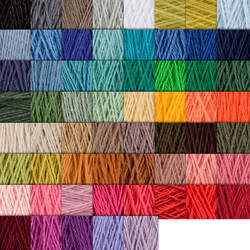 | Homestead 8/2 Cotton Yarn |
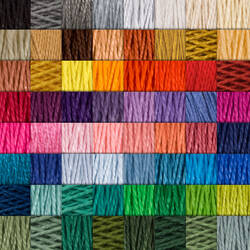 | 3/2 Pearl Cotton Yarn |
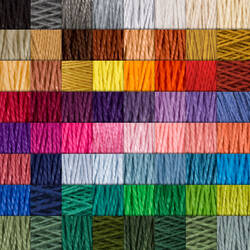 | 5/2 Pearl Cotton Yarn |
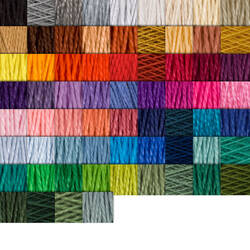 | 10/2 Pearl Cotton Yarn |
| [Sorry, item discontinued or temporarily out of stock] |
| [Sorry, item discontinued or temporarily out of stock] |
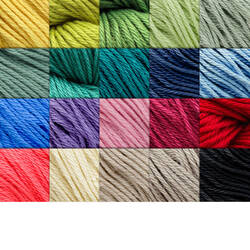 | Cascade Ultra Pima Cotton Yarn |
 | Cotton Carpet Warp 8/4 Yarn |
Unmercerized 8/2 Cotton weaving kits:
Camp & Cottage Cotton Towel Kits
Related items of interest: • Our yarns • Fine weight yarns • Cotton yarns • Super Fine weight yarns • Lace weight yarns • Light weight yarns • Medium weight yarns
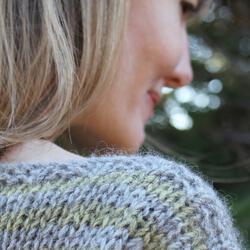

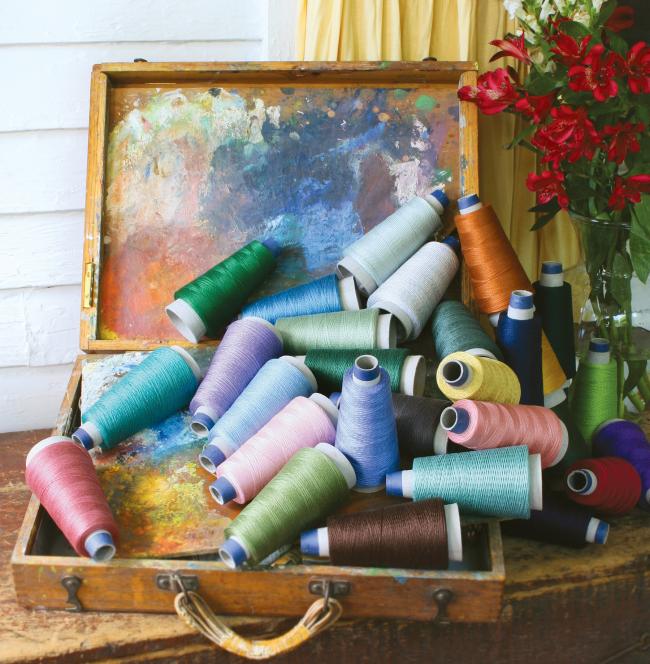
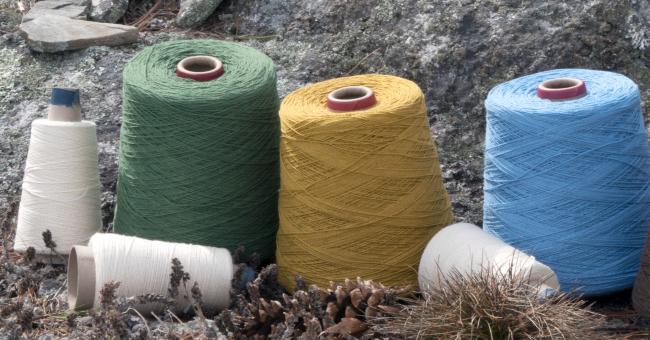

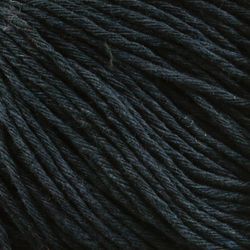
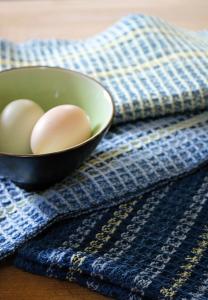
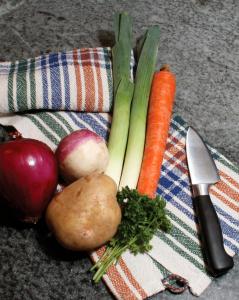


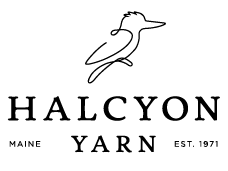
I have never seen a clearer, more informative explanation of these different cottons. Thank you. I am preparing to weave a number of kitchen towels and you have convinced me to buy from you.
Thank you, Marsha! I’m so glad that you found our cotton information helpful. We love sharing our enthusiasm for natural fibers. That’s great you’re getting ready to weave some new towels, thank you for trusting us with your business as you get underway! Please let us know anytime if there’s a product or project you’d like to know more about – we’re always glad to help!
Best,
Gretchen